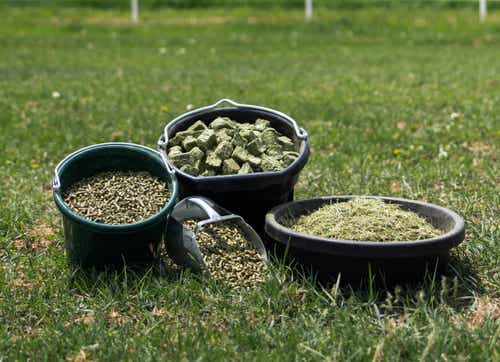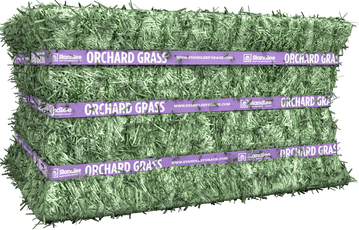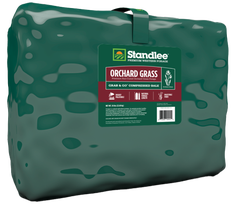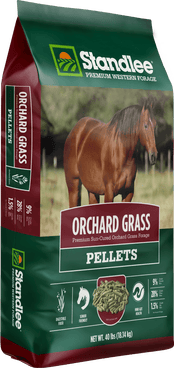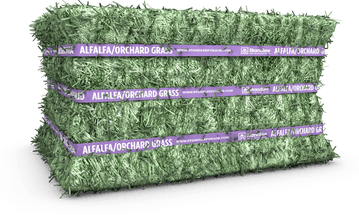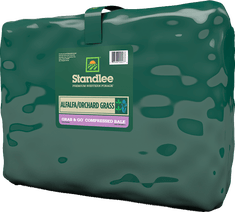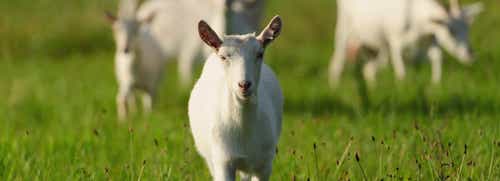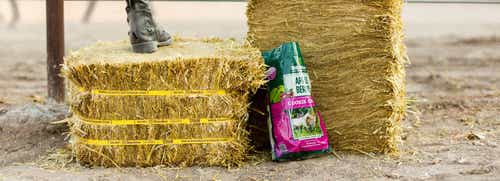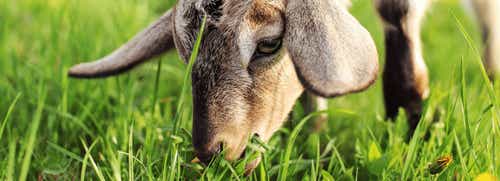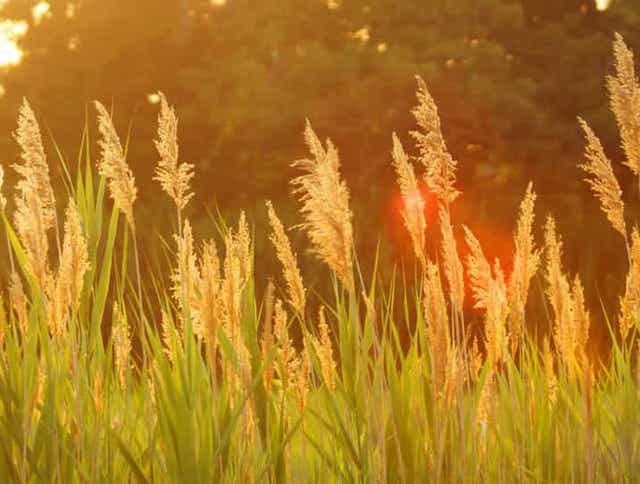
Feeding Orchardgrass Hay to Horses, Cattle and Other Livestock
Orchardgrass is a perennial, cool-season, C3, tall growing bunchgrass. Wow, what does that even mean?
“Perennial” means the plant persists for several years or simply stated, regrows every spring. Contrast this with an “annual” which is a plant that lives for only one growing season and must be replanted each year.
The term “cool-season” indicates the grass grows best in cool climates with maximum growth occurring when the temperature is between 60-75 degrees Fahrenheit. Cool-season grasses are the first grasses to green up in the spring and the last grasses to quit growing in the fall. However, when temperatures get hot (greater than 90 degrees Fahrenheit), the plant becomes dormant and doesn’t grow. This is opposed to the “warm-season” grasses that thrive in hot/dry weather. A warm-season grass is slow to green up in the spring but thrives in the hot summer conditions. A warm-season grass is also the first grass to become brown when the cool fall weather arrives.
The C3 versus the C4 designation is one given by scientists to describe the result of photosynthesis. All plants utilize the process of photosynthesis to combine light energy (sunshine) with water and carbon dioxide to produce sugar, water and oxygen. The C3 plants produce a “three carbon molecule,” thus the term C3, which is then formed into structural carbohydrates (fiber) making the plant grow. The C4 plants also utilize photosynthesis but form a “four carbon molecule,” cleverly called C4, to form the structural carbohydrate. In both C3 and C4 plants, photosynthesis causes the plant to grow, but different metabolic pathways result in differences in plant nutrient content.
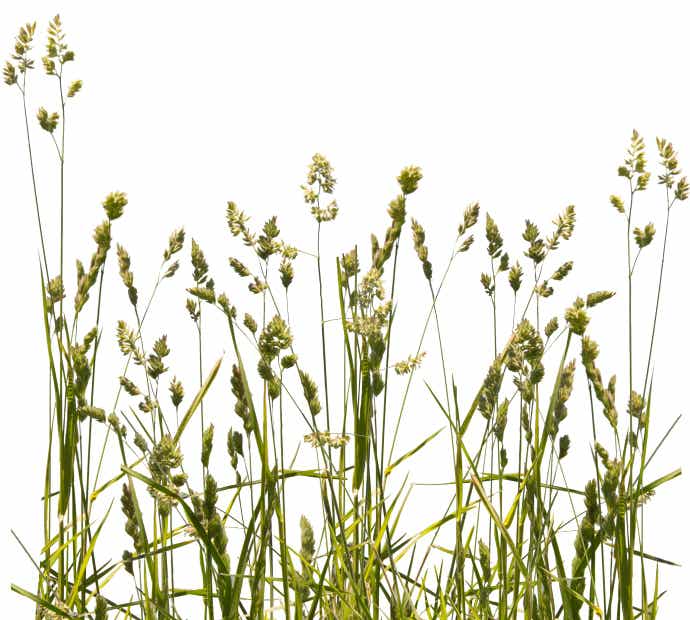
Finally, a bunchgrass is one that grows in clumps originating from many tillers from the crown of the plant. This is different that a “sod-forming” grass that grows laterally due to underground stems called rhizomes or stolons.
Orchardgrass is one of the highest quality grasses that is a good hay option for horses, cattle and other livestock. In cattle, sheep and goat diets, it produces a superior body weight gain and milk production compared to other grasses, making it a great choice for pregnant, lactating and even growing animals.
Orchardgrass is the emerging superstar of the horse hay world, due to its high palatability and high nutrient content. It’s higher in protein (10-12%), higher in calorie content and contains the same balanced levels of calcium and phosphorus as timothy grass. On the other hand, orchardgrass does not contain the high protein or high calorie content of alfalfa. The balanced nutrient intake delivered by orchardgrass hay translates into potentially less grain the horse would need to eat, to satisfy energy and protein requirements. Compared to timothy grass, orchardgrass grows better in moderate drought conditions and provides a solid three hay cuttings per year. With three cuttings instead of two cuttings, orchardgrass produces consistent, soft texture hay that horses readily consume with minimal or no waste.
Standlee Premium Western Forage® offers Premium Orchard Grass Compressed Bales, Premium Orchard Grass Grab & Go® Compressed Bales, and Premium Orchard Grass Pellets as an excellent choice for performance horses, broodmares, and growing horses. For growing (moderate to rapid growth) and underweight horses, horses sensitive to carbohydrates, horses with gastric ulcers, performance horses, late pregnancy and lactating mares, breeding stallions and senior horses, Premium Alfalfa/Orchard Grass Compressed Bales and Premium Alfalfa/Orchard Grass Grab & Go® Compressed Bales are ideal forage options.
If you have questions, please contact the nutritionists at Standlee Premium Western Forage, or consult with your veterinarian.
By Dr. Stephen Duren
Standlee Nutritional Expert - Performance Horse Nutrition

